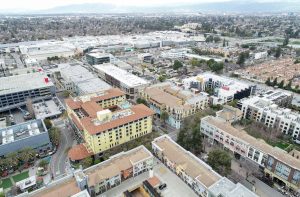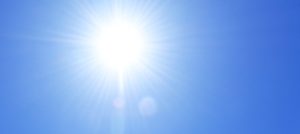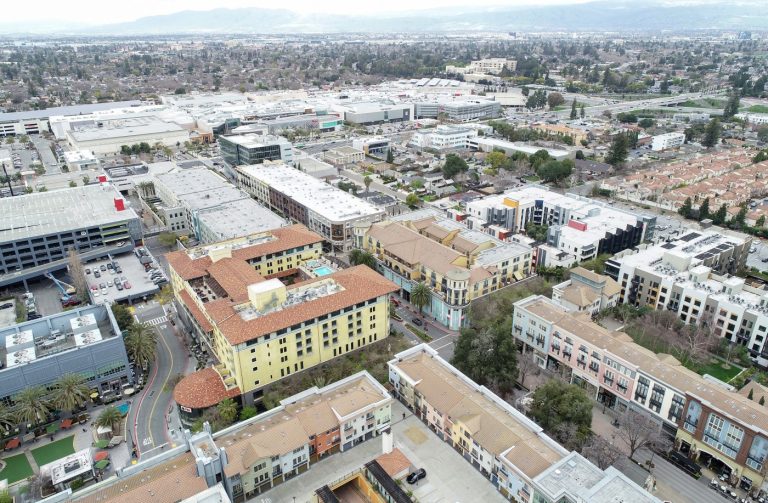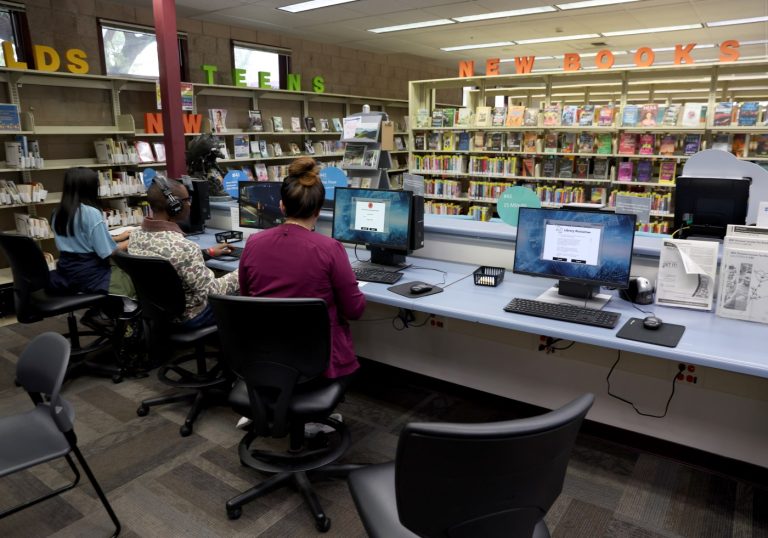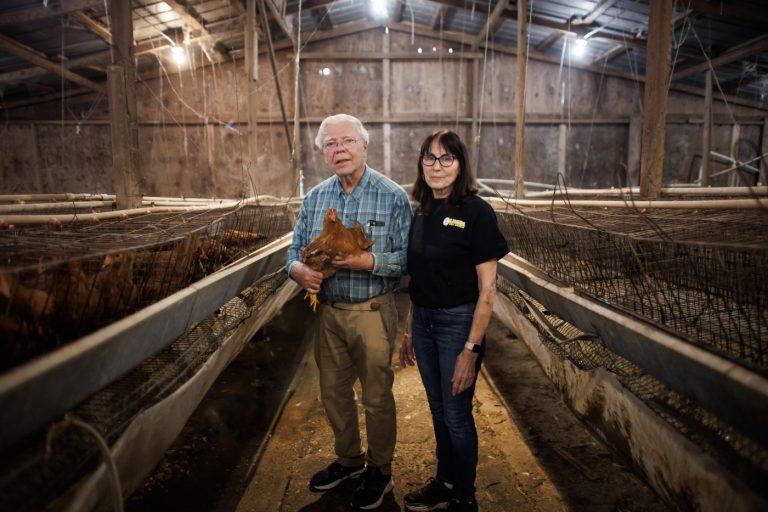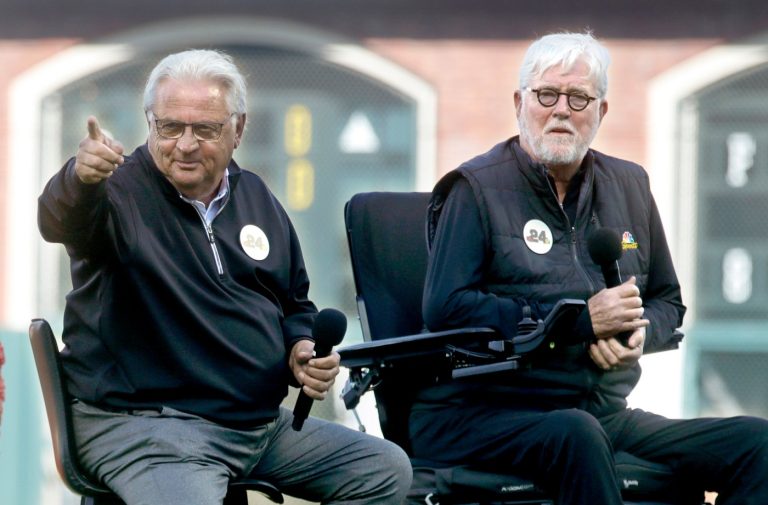After brutal wildfire seasons in 2020 and 2021, California has enjoyed two mild years in a row. The good fortune was driven largely by rain and snow that ended three years of drought.
What’s on tap for this summer and fall? Nobody knows for sure. But three points are key, experts say. First, California had a wet winter this year, with rainfall since Oct. 1 in San Francisco at 113% of normal, 157% in Los Angeles, and 92% in Fresno. The Sierra Nevada snowpack was 111% of normal on April 1.
Related Articles
Elias: California wildfire smoke’s fatal effects raise liability questions
When the heat and fire danger are here, avoid these activities
California’s inmate firefighter crews are dwindling just as the state starts to burn
A final encore for the Bay Area heat wave: Temperatures soar again
Oakland firefighter hailed as ‘unstoppable’ force laid to rest
Second, California has a Mediterranean climate, and wildfires are part of the state’s natural landscape. Third, wildfires have generally been getting worse across the West in recent decades. Climate change is raising temperatures and drying out vegetation more than in the past. Forests in many areas are unnaturally dense after generations of fire suppression by state and federal agencies. And more people are moving to fire-prone areas, increasing fire risk from power lines, vehicles and other human causes.
So far this year, 169,516 acres have burned statewide through July 8. That’s nearly five times the 5-year average, according to Cal Fire, the state’s main firefighting agency. But that doesn’t mean a disastrous fire year is certain. Why? There have been fewer fires so far this year than normal. Many have been grass fires in rural areas on windy days. Firefighters put most of them out quickly. Others occurred during the recent record heat wave, but were contained with very few homes burned. On the other hand, lots of grass and brush has grown up around the state after two wet winters, increasing the vegetation that fire scientists call “fuel.” It will be around all summer, and into the fall.
Craig Clements is a professor of meteorology at San Jose State University and director of the school’s Fire Weather Research Laboratory. He is one of California’s leading fire experts. This conversation has been condensed and edited for clarity and length.
Q: What determines whether California will have a mild fire year or a severe one?
A: It’s always a difficult question. But generally it’s fuels, weather and topography. If we have a wet winter, the fuel moisture in vegetation remains higher later in the season than if we have a dry winter. If we have a few years of drought, a lot of dead fuels accumulate. We see a lot of grass fires early in the season because the grasses dry out the quickest. But after a wet winter it’s more difficult for fires to spread into bigger fuels, like trees.
Q: And eventually everything dries out?
A: By fall, the moisture content is really low. So August, September, and October are the most dangerous months.
Q: What’s your thinking about this year?
A: It’s not going to be like last year (when 324,917 acres burned statewide, the second-fewest of any year in the last decade, behind 2019). But it’s probably not going to be the worst year either. Day-to-day weather can change how fire season progresses. We could still have big fires if we have heat waves. There’s a lot of dead fuel accumulation in the forests.
Q: What is the biggest misunderstanding the public has about wildfires?
A: People are pretty well aware that forest management and climate change have a role. But I find that every year everyone is freaked out because of climate change. We know climate change has its fingerprints over fires. But it’s not every fire. We just had two very below-average fire years because we had wet winters.
Sometimes we have big lightning events, like in 2008 when we had tons of fires in June.
We just had a 14,000-acre grass fire in June. (The Corral Fire, between Livermore and Tracy). It was a windy, dry day. And we had an ignition. That’s not climate change. That’s day-to-day weather affecting the fuels, and the wind affecting the fire behavior.
Q: How many fires are caused by natural occurrences like lightning, and how many are started by humans?
About 9 out of 10 wildfires are human caused — like vehicles on dry grass, or a flat tire rim that hits the pavement and sends sparks, or campfires that don’t get put out, or cigarettes, or fireworks, or power lines, or lawn mowers hitting rocks. If we limited people’s access to the back country there would probably be fewer fires. But we live in California. People like to go to the mountains.
Q: What more could California be doing to reduce the risk?
A: Communities are being developed more in areas that are prone to fire. We need to conduct more fuel reduction programs in these areas. We need more prescribed burns, because without that, fuels build up. If you don’t have the fuels you don’t have the problem.
We could try to limit development, but that’s a difficult question. We need more housing. Maybe limiting where we put it.
Q: What are the main things that somebody who is worried about wildfires should be doing now?
A: Make sure your landscaping is clean, so you don’t have debris in your gutters or on your roof. Trim your trees away from your home. On high-risk days with red flag warnings, have a go bag with medicines, clothes and a phone charger in case you have to evacuate.
Q: Should people buy an air purifier?
A: Smoke is a big problem in wildfires. Not only is there natural wood that’s burning, but there are toxins in it when it starts burning communities. It’s a big problem for long-term and near term-health impacts. If you are susceptible, people should have masks and maybe should buy one of these air quality purifiers for your house. And stay indoors. Don’t go out on smoky days if you don’t have to.
Q: Is California doomed to more fires for the rest of this century because of climate change?
A: Climate modeling is showing that we might have higher precipitation in some parts of California. We aren’t just going to be in drought always. But it will be hotter and drier. One thing we can do is more fuel reduction programs. We really need to treat millions of acres. It’s a big issue. You can’t just do it once. You have to burn it again and again. There is an issue with cost. It’s billions of dollars.
Q: Tell us about your lab. What kind of careers do your students end up working in?
A: We have about 20 graduate students and about 10 undergrads, and six faculty members. It’s a pretty robust program.
The graduates are totally in demand. They get hired before they graduate, particularly students who have a masters in meteorology with a focus on wildfire. We are the only school in the U.S. with a focus on fire weather. Utility companies all across the U.S. need expertise in fire weather and wildfire science. I’ve had five job requests for fire meteorologists out of my lab in the last few weeks.
______________________________________________________________________________
Craig Clements
Age: 53
Position: Professor of meteorology and climate science, San Jose State University
Hometown: San Ramon, Calif.
Residence: Livermore, Calif.
Education: B.S. Geography, University of Nevada, Reno; M.S. Meteorology, University of Utah; Ph.D. Geophysics, University of Houston
_____________________________________________________________________________
Five facts about Craig Clements
He and everyone in his lab has basic firefighter training. They travel with fire shelters, radios and yellow fire-resistant clothing
He enjoys fly fishing, back country skiing, rock climbing and backpacking
He has been to Greece, New Zealand, Italy, Australia and Greenland to research and advise governments on fire science
He collects and repairs 1980s electronic instruments, drum machines and synthesizers
He was in a band in the late 1980s, and worked at Diablo Valley College’s recording studio



